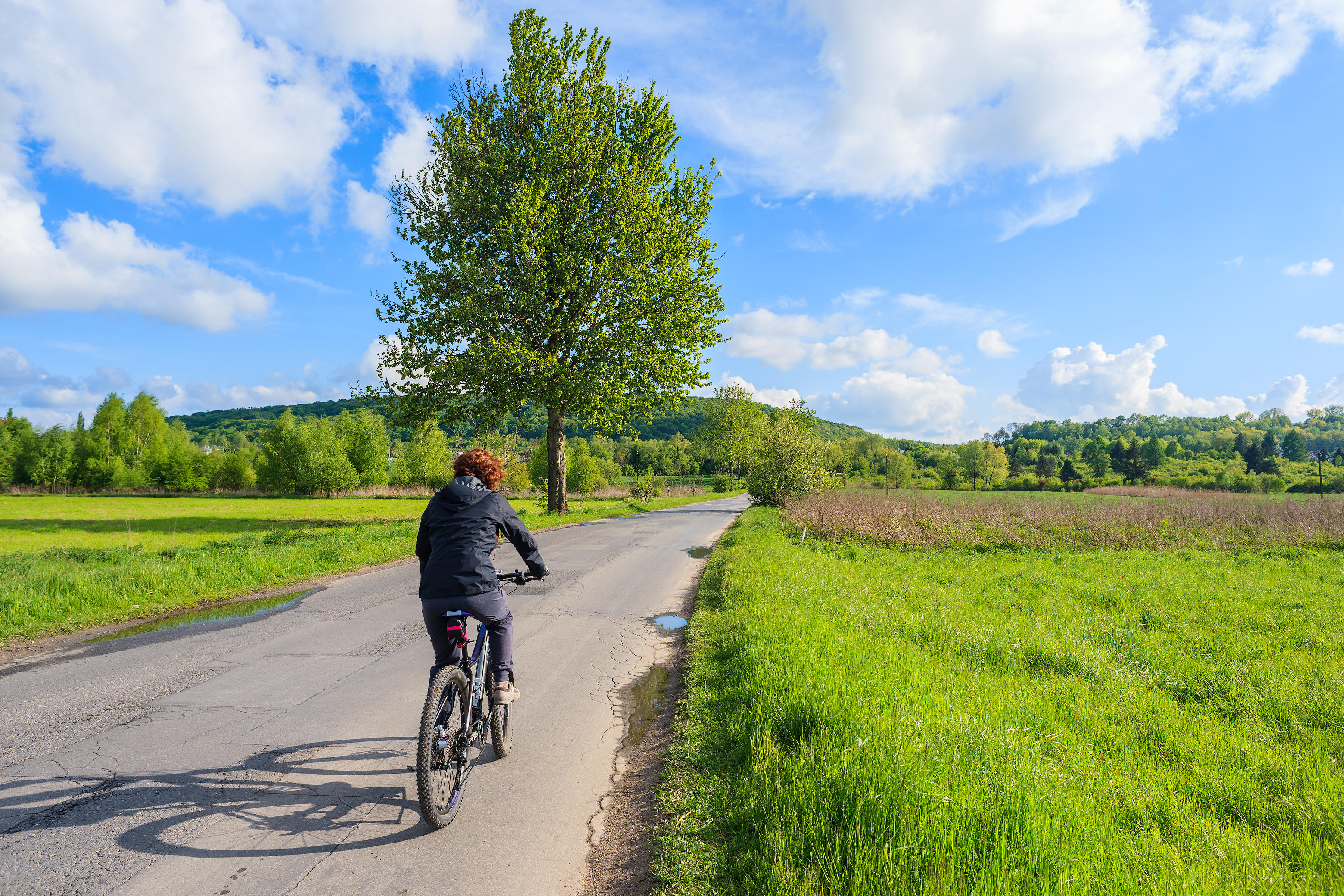
Being consistently physically active is associated with an overall healthier life for middle-aged women, research suggests.
Data from more than 11,000 women indicated exercising 150 minutes a week during middle age is linked to better physical health in later life, even when the exercise routine was not started until their mid-50s.
The researchers said their findings, published in the journal Plos One, add to growing evidence that maintaining or adopting an active lifestyle during middle age has greater health benefits.
The NHS and World Health Organisation (Who) recommends adults should should do at least 150 minutes of moderate-intensity physical activity throughout the week.
Examples of moderate intensity activities, according to the NHS, include brisk walking, water aerobics, riding a bike, dancing, pushing a lawn mower or hiking.
Vigorous exercises include running, swimming, riding a bike fast or on hills, walking up the stairs, skipping and aerobics.
The authors wrote: “An important public health message is that being active for as many years as possible, even if women start to meet physical activity guidelines in their mid-50s, could have important health benefits in terms of physical health, especially in physical functioning.”
The team, led by Binh Nguyen of University of Sydney in Australia, analysed data from 11,336 women who were part of the Australian Longitudinal Study on Women’s Health.
These women were 47 to 52 years old at the beginning of the study and were followed for around 15 years.

Each individual was assessed to see if they met the Who’s guidelines on weekly physical activity.
The researchers also looked at the quality of life of these women in relation to their health, using a questionnaire known as the Short Form 36 Health Survey, which includes 36 questions about a person’s functional health and wellbeing.
These questions are broadly grouped into two measures: the Physical Component Summary (PCS) and the Mental Component Summary (MCS).
PCS assesses whether there are any limitations in physical activities such as walking, climbing stairs due to health problems, whether there is any impact of body pain on daily activities, and looks at the overall perception of health.
Meanwhile MCS measures energy levels, fatigue, and feelings of being worn out, assesses the extent of social or other activities affected by physical or emotional problems, and evaluates psychological well-being, including mood, anxiety and depression.
Findings, published in the journal Plos One, showed those who consistently followed the physical activity guidelines, or began following them at age 55, tended to have a higher PCS score (46.93 and 46.96 respectively), compared to those who did not (43.90).
The researchers said effect of physical activity on the PCS was significant even after controlling for socioeconomic factors and pre-existing health diagnoses.
But they added they found no significant association between physical activity and MCS.
The authors wrote: “Our study shows that it’s important for women to be active throughout mid-age to gain the most benefits for physical health in later life.
“Ideally, women should increase their activity levels to meet the guidelines by age 55.”


Comments: Our rules
We want our comments to be a lively and valuable part of our community - a place where readers can debate and engage with the most important local issues. The ability to comment on our stories is a privilege, not a right, however, and that privilege may be withdrawn if it is abused or misused.
Please report any comments that break our rules.
Read the rules hereLast Updated:
Report this comment Cancel